Hot In The City, Hot In The City, Tonight!
Times have changed, and with current-day buyers spoilt for choice, the sedan workhorse has been increasingly upstaged by SUVs, which appeal to a younger crowd. That said, Honda has responded with the all-new City, and we must say that it is quite a looker!


The Honda City has long been quite the sought after entry-level family sedan. A dependable workhorse for many, and while it might be less fashionable than its Jazz sibling, it has its merits of being a versatile sedan you can simply depend on.
I do recall when Honda first introduced the City as its entry sedan here in the 90s. There was perhaps a little over-thinking by the product planners during its development, where they even had 3-piece front and rear bumpers; simply so that you can replace the bits that were damaged. Overall, it seemed a better car than the then-equivalent Toyota Soluna, which in my opinion suffered from too much cost cutting; with their first cars even arriving on our shores without rear windshield demisters.
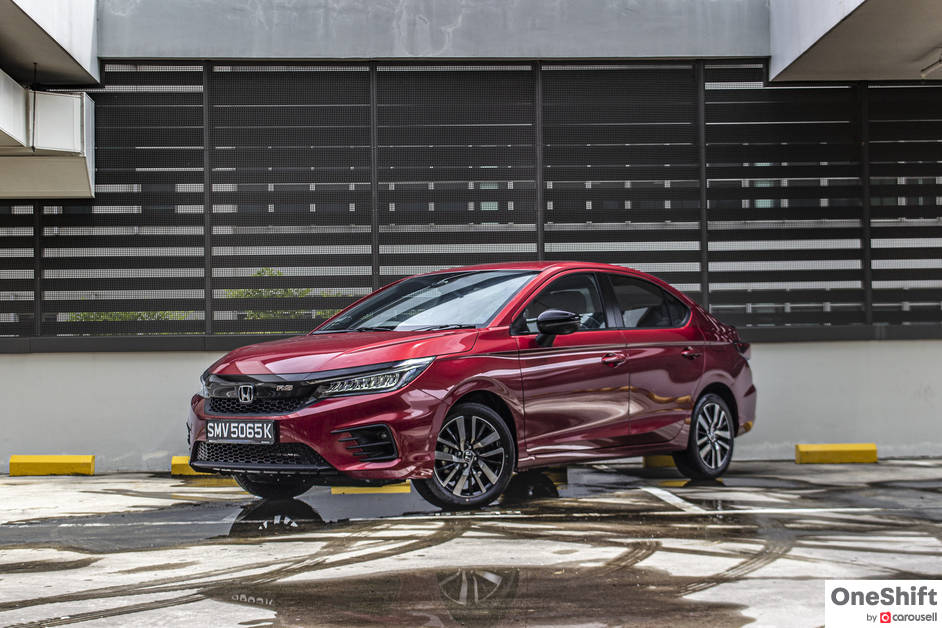
Times have changed, and with current-day buyers spoilt for choice, the sedan workhorse has been increasingly upstaged by SUVs, which appeal to a younger crowd. That said, Honda has responded with the all-new City, and we must say that it is quite a looker!
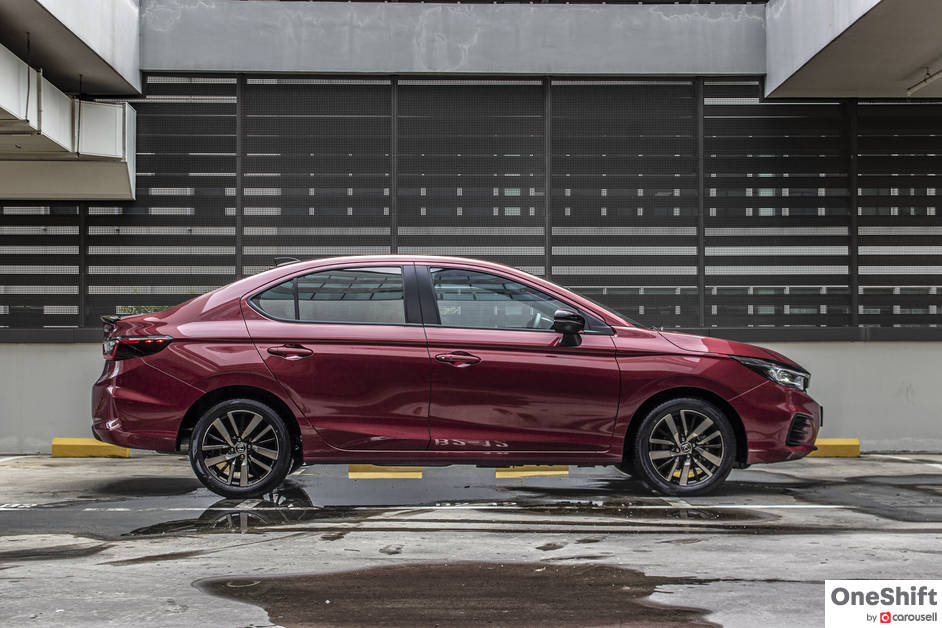
The new City is a whole 11cm longer than the car it replaces, and also gets a slight bump in its wheelbase. You can tell that Honda has put in a good amount of effort in the City’s styling, since it actually does not look like a car built on a low budget.
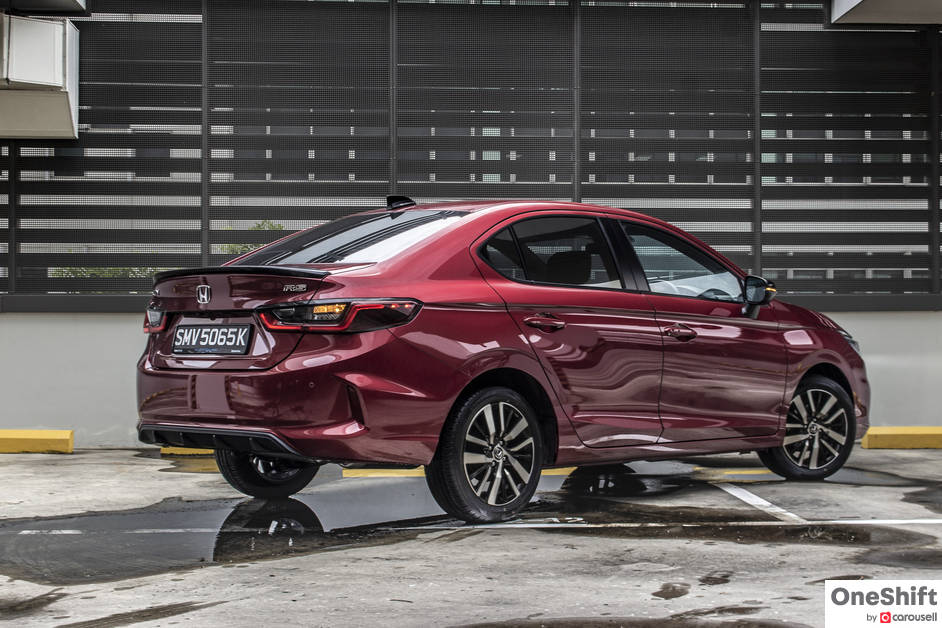
Our test car has LED headlights that complement its stylised grille, which features a sporty honeycomb motif. On its side, there is an emphasised stretch, created by the pronounced ‘Katana blade-inspired’ accent line, which meshes with the front and rear lamps. Even the sculpted blade-like tail lamps (cue the BMW 3 Series) are something you can truly appreciate.
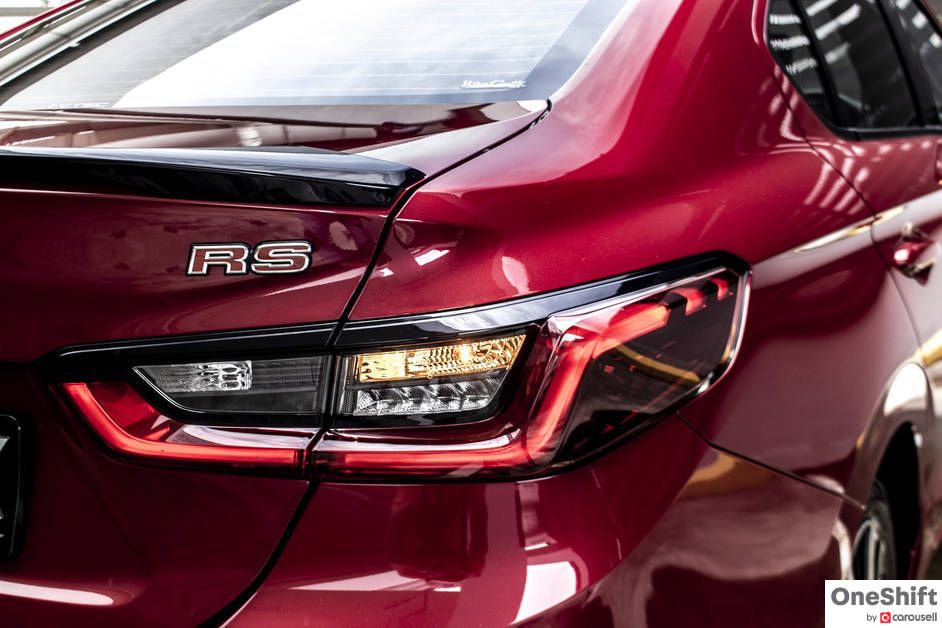
The City’s compact dimensions, coupled with its simpler suspension setup does contribute to some design compromises. The taller nature of the front MacPherson struts results in a little more sheet metal at the front fender, and a bulging bonnet. Thankfully this quirky (but necessary) added height is somewhat visually broken by the ‘Katana’ accent line.
Our test car, which is the higher-end RS model, gets a little more flair with sportier, decorative kit that also includes carbon fibre-inspired trim, and a glossy black rear spoiler.

You also have five available colours to choose from, Lunar Silver, Platinum White, Modern Steel and Crystal Black. The fancy Ignite Red on our test car is exclusive to the RS trim.
The new City’s interior is a vast improvement over the previous car, and the guys at Honda are particularly proud of the air-conditioning control knobs, which turn with a reassuring click. And yes… we do like how they function as-well. ‘Turn, turn, turn, click... click-a-ty... click...’.

The emphasis on quality can be felt in not just the air-conditioning switchgear, but also in various moving bits and bobs that make up the dash. The pulsating red glowing starter button is also a pleasant touch. Being an entry level sedan, you can still expect some hard plastics, but they are largely not where the common touchpoints are at.
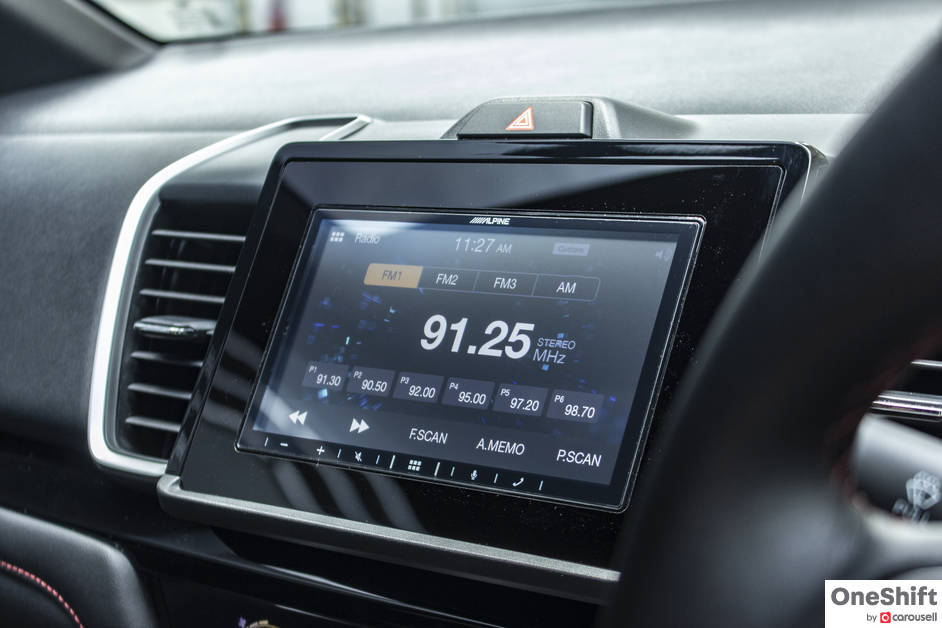
The City is equipped with an Alpine-sourced infotainment unit. You get a 7” touchscreen with Apple, Android and Bluetooth connectivity. The system also comes with the all-important reverse camera which has three selectable rear views.
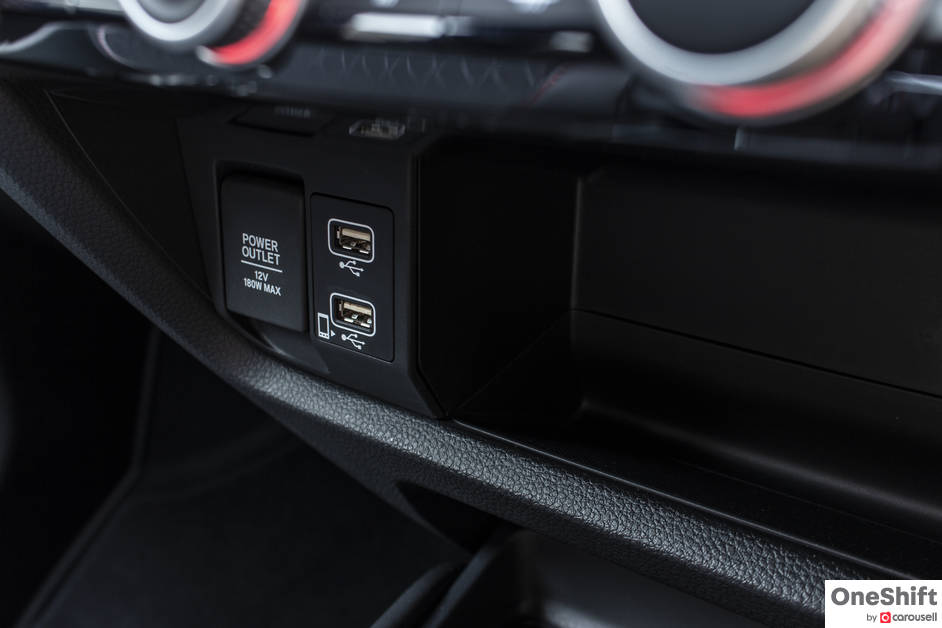
Legroom for both front and rear passengers is better than the car replaces, in-part due to the smaller front seat design. The central placement of the car’s fuel tank means that the floorboard does ramp a little for the rear passengers, though this is something you can easily live with, since legroom is still quite generous. The air-conditioning according to Honda, has a 12% boost to airflow which improves air circulation.

The City boasts a generous 519 litre boot (the Toyota Vios is slightly smaller at 506 litres, and the SEAT Toledo at 550 litres), and it does not have too many awkward corners that would get things stuck while loading. There is however one huge drawback, which is the rear seats cannot be folded down for added versatility.
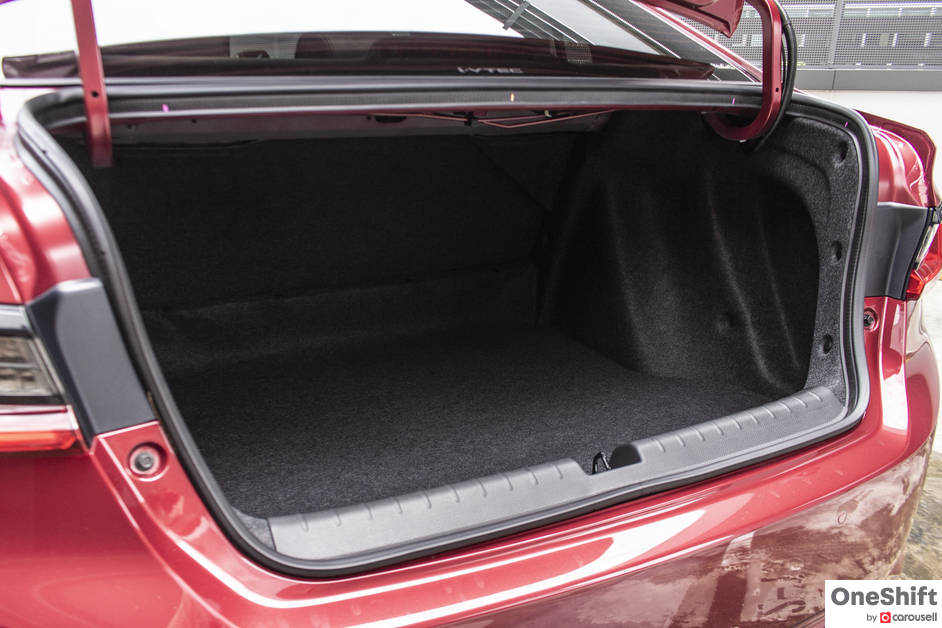
We get just one engine option here, which is a 1.5 litre DOHC i-VTEC unit, that delivers 118bhp and 145Nm; the same figures as the previous car. Drive to the front wheels, is also via a CVT.
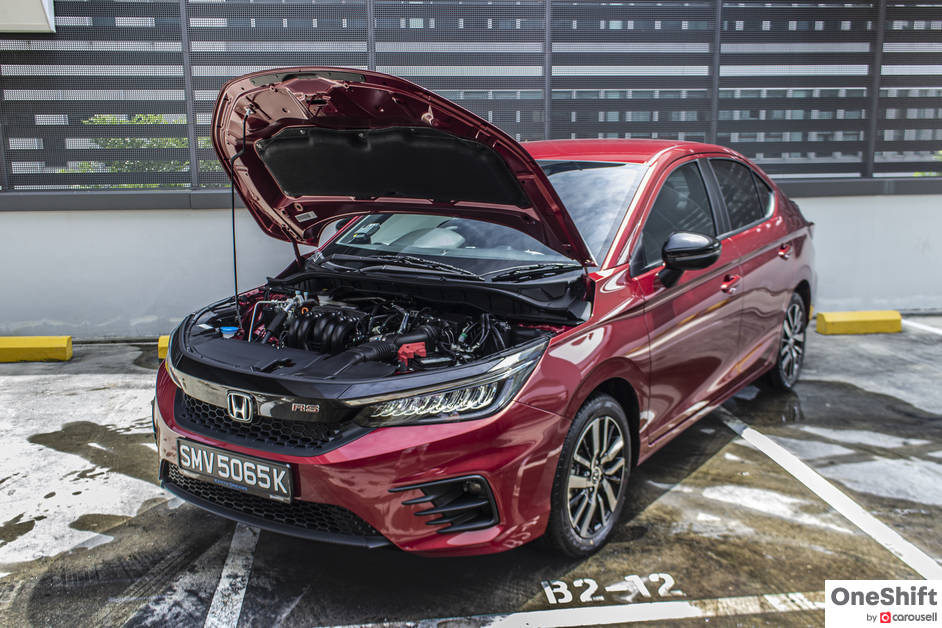
No prizes that the City is not built for performance, since it makes 100km/h in a humble 10.6 seconds, though it is slightly quicker than the previous car. Honda also claims a combined lab-tested 17.9km/l for its fuel economy. We did manage around 16km/l, which are still some good numbers.
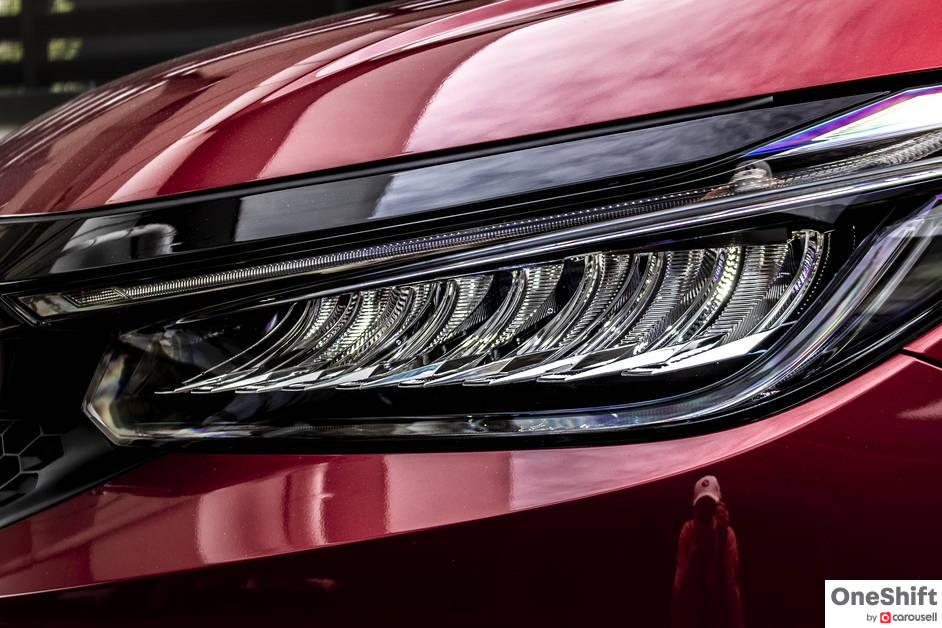
We like that Honda has put some thought into the City’s functionality. The wing mirrors are now mounted on the door skins, as opposed to against the A-pillar on the previous car. Although a small design adjustment, this provides improved visibility of frontal blind areas.
The City does have a decent amount of insulation, making the driving experience a pleasant one. However it does not like to be driven hard, as the engine tends to get very vocal, with plenty of the engine’s buzz intruding into the cabin. That said, it still does entertain a brisk drive. The simpler rear Torsion Beam setup does a decent job in soaking up the bumps, though it does wallow over uneven surfaces.

While the steering is on the lighter side, we do not find it over assisted, and the buttons on them which are toggles for the entertainment, phone and cruise control, have a pleasant feel to them.
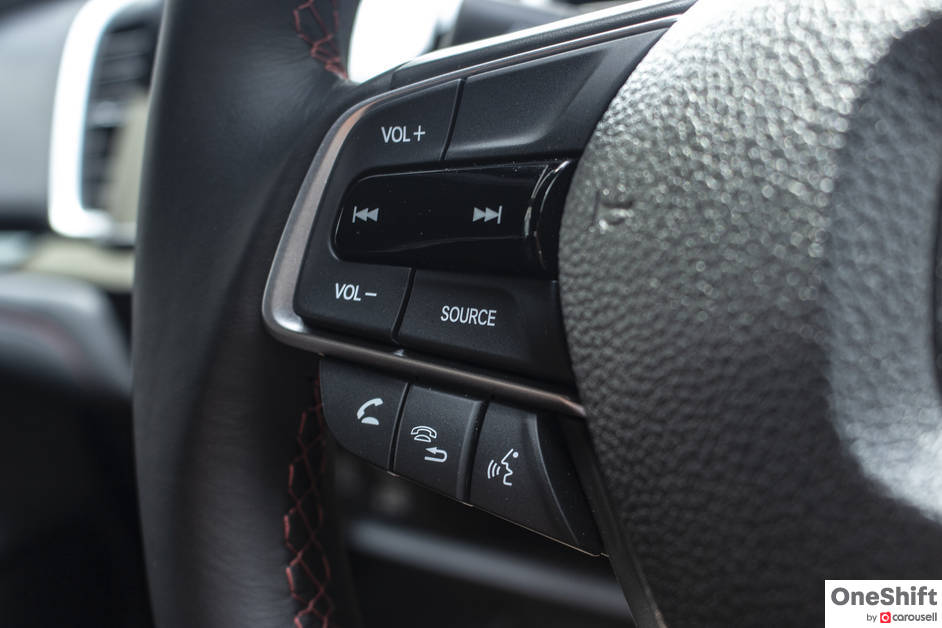
The City is equipped with a similar suite of active safety and convenience features you will find in cars in the same class, such as the Anti-lock Brake System (ABS), Vehicle Stability Assist (VSA), Hill Start Assist (HSA) and Emergency Stop Signal (ESS). It also has been awarded with a 5-star rating by ASEAN NCAP (we dare say a slightly less stringent rating versus the Euro NCAP). This is in part, thanks to Honda’s Advanced Compatibility Engineering (ACE) body, which utilises ultra-high tensile strength steel during the building of the monocoque.
Our test car which is the top rung RS LX model will set you back at a dollar under $98k*, which we is rather costly, especially since the base 1.6 litre Civic goes for the same price, and you do get much better handling… and well yes. It is a Civic.
The model to go for, we feel is the most basic car, which retails for $89,999*. This still gets you the same quality interior and also the same engine, but sans the fancy-dressy bits which adds to the price tag.
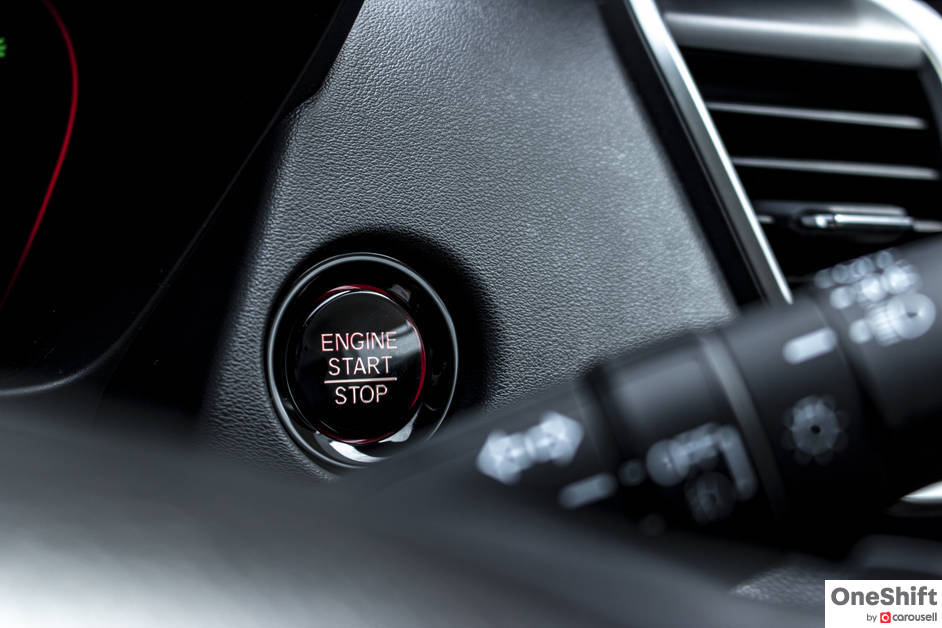
*Prices accurate as at 27 October 2020
Credits: Words and Photos by Clifford Chow








Get the Best Price for your used car
from 500+ dealers in 24 hours

- Convenient and Hassle-Free
- Consumer Protection
Transparent Process
With No Obligation








